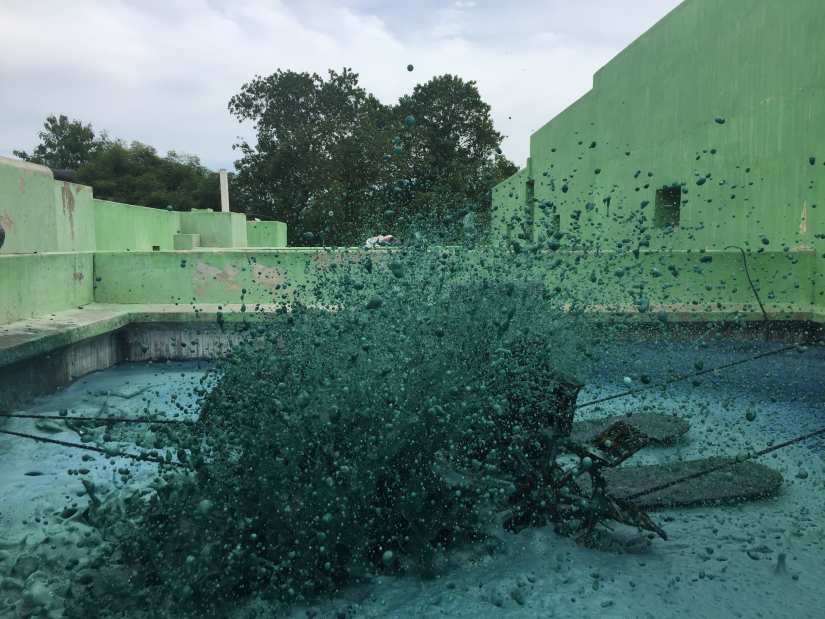“If it turns out right, it can go on for years on end. But if it goes bad, it can ruin you,” says a man featured in Swati Dandekar’s documentary True Blue (Neeli Raag), which tells the story of indigo in India. This man’s words sum up the complicated relationship indigo has shared with the country. In the same breath it can be said that indigo stands apart from other colouring substances when it comes to the craftsmanship and commitment of the dyers who use it, and this is what drew the filmmaker-teacher towards the subject. [caption id=“attachment_5470631” align=“alignnone” width=“825”]
 A still from True Blue. All images courtesy of Swati Dandekar[/caption] Several years ago, Dandekar read about an elderly man called Yellappa, a dyer who worked with indigo using traditional methods. “I’ve always been interested in the rich variety of Indian textiles. Each time I touch, feel, see the textures, colours weaves of a saree or a piece of fabric, made in some village in India, I am filled anew with wonder. I think of the hands that would’ve made it, the mind that thought up the colours and the patterns,” she says. She also fears that years down the line, these textiles may not be produced anymore, because of the alarming rate at which many craftspeople are abandoning their art, citing the reason that it is too difficult to keep it going. “In this context, I find Yellappa’s story particularly moving. It is his complete faith in his own craft that makes me dwell upon and explore the relationship between craftspeople and their craft,” she says. Sadly, the elderly dyer passed away before she could begin filming. So overcome was she by feelings of guilt and dejection over not being able to tell his story the way it deserves to be, that she almost abandoned the project. “But then, the film became the story of Yellappa’s legacy, through the stories of the people he taught, and how they practice it today. As a film practitioner and teacher, we keep talking about our craft, and how craft is not a separate entity, but something that stems from who we are and our approach to life and the world, and I cannot think of a better example of this than indigo craftsmen,” she says.
This process lends itself well to creating cinematic visuals, whether it is the stirring of blue-coloured water in pots, or the coils of deep blue yarn, hung up to dry. “The main cinematic inspiration for me was the materiality of this colour as it passes through myriad transformations to take its final avatar – from a green leaf to a deep blue fabric. That, and the meditative nature of the craftsman’s work – completely in tune with the tools, immersed in the process for long hours.” She says she has tried to capture these two aspects through “slow-paced, static shots of the making process, dwelling on colour, texture, skin, surfaces, and of course, sounds – trying to match the shot taking to the intrinsic rhythms that we sensed and experienced.” Dandekar weaves together different perspectives in the film. One woman interviewed in her home talks about how for generations, her family has been in the business of indigo. “She says it with a certain degree of pride; theirs was the only family in the region that continued to dye with natural indigo,” the director explains. Subramani, a mestri featured in the documentary, says that the work must go on, even if someone is injured or dies.


)
)
)
)
)
)
)
)
)



